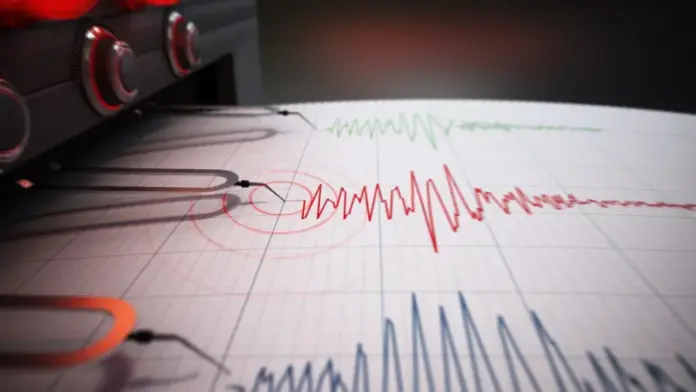An earthquake within Greenback was felt in large parts of the southeastern United States.On May 10 came a gentle but regionally felt 4.1-magnitude earthquake in southeastern Tennessee, which caused tremors in nearby states and revived old debate about the area’s earthquake history. Based on the information compiled on the USGS site, the earthquake hit at 9:04 a.m. Eastern Time, located near Greenback, around 30 miles southwest of Knoxville.
Shaking Reported in Multiple States
Although the quake had not caused extensive destruction, several southeastern states’ residents reported feeling the shaking. Light seismic activities were reported by Tennessee, North Carolina, South Carolina, Alabama, Kentucky, Georgia, and Virginia residents. The broad reach that is experienced in several states is typical for the East Coast quakes because the East Coast quakes are more capable of propagating seismic waves owing to the dense, ancient bedrock that underlies eastern continental areas.
No Damage or Injuries Reported
Knoxville’s emergency responders responded quickly and without much hassle. The Knoxville Fire Department had no reports of any injury or damage to buildings. The Knoxville Police Department also delivered the information that there were no emergency reports related to the quake.
Magnitude and Seismic Classification
USGS reports that tremors of that magnitude are considered light; they usually can be felt by neighborhoods, but rarely cause massive damage. Michigan Technological University believes that light damage is all that quakes of a similar magnitude are likely to cause at best. Small quakes of magnitude of 2.5 and below cannot be felt by humans, while quakes of magnitude 2.5 – 5.,4 typical to today’s even,t can be felt but rarely cause any damage.
Monitoring and Aftershock Activity
Seismologists at the USGS are continuing to monitor aftershocks and may update their reports as more data becomes available. As of the latest update at 11:04 a.m., no significant aftershocks had been recorded, although the agency continues to track seismic activity within a 100-mile radius and up to a week following the initial quake.
Tennessee’s Seismic Context
Though not uncommon, earthquakes in Tennessee are usually of lower magnitude. The state sits near the New Madrid Seismic Zone and the East Tennessee Seismic Zone, both of which are known for minor to moderate seismic activity. Over the past 30 days alone, Tennessee has recorded 21 earthquakes, though most were too weak to be felt. In the past year, only three others have exceeded magnitude 3.0.
Interactive Tools and Public Reporting
The New York Times provided a detailed interactive map highlighting the area affected by Saturday’s tremor. The map uses the Modified Mercalli Intensity scale to classify shaking intensity, with today’s event falling into the “weak” category. It emphasizes that while the epicenter was close to Greenback, shaking could be perceived well beyond the immediate vicinity.
Public response has been swift, with many residents taking to social media to report their experiences. The USGS is encouraging individuals who felt the shaking to log their observations via its “Did You Feel It?” portal. This data helps geologists better understand the reach and impact of seismic events and refine future predictions.
A Reminder of Seismic Preparedness
Though the event has not caused disruption, it serves as a timely reminder for residents of Tennessee and the broader Southeast to remain informed about earthquake preparedness. While the region is not considered a seismic hotspot like California, today’s quake demonstrates that the risk, while relatively low, is not negligible.
Conclusion
In summary, today’s 4.1-magnitude earthquake was a reminder of the Earth’s unpredictable movements beneath our feet. Though it caused no harm, it was widely felt, and it underscores the importance of preparedness, even in regions not typically associated with large earthquakes.








